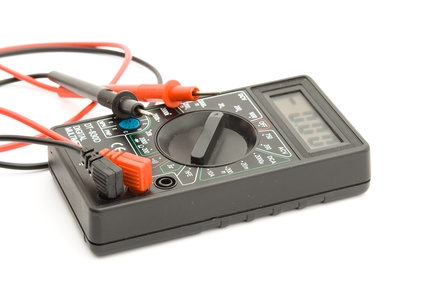
Battery failure is one of the most common forms of breakdown and can affect any car regardless of make or cost. Battery failure can be more than inconvenient; it can be downright dangerous. Besides the possibility of getting stranded in a dangerous area, a badly damaged battery can leak hydrogen gas. When combined with high underhood temperatures and possible electrical arcing, built-up hydrogen gas may well be the last problem your car ever has.
By far the most common battery-related problem, labored starting is the smoking gun of parasitic battery drain. If the dash lights are dim and the engine kicks over very slowly, or turning the key results only in a loud clicking sound, then you've got parasitic drain somewhere in the system. But for the fact that the dash lights come on, starting symptoms associated with parasitic drain are almost identical to those of a discharged battery.
If the battery discharges while all accessories and lights are shut off, then you could have a short in either the system or the battery itself. You can differentiate battery shorts from system shorts simply by disconnecting the battery for 24 hours and checking its voltage with a multimeter. A battery with an internal short will exhibit a noticeable drop in voltage (more than 1 volt from its fully charged state). If there's no drop in voltage but the battery discharges while it's connected to the car, you've got parasitic drain.
Normally, parasitic drain is the result of lights that stay on all the time. Two notorious culprits for always-on lighting failures are the trunk light and underhood light. Trunk lights draw a surprising amount of power and can easily drain a car's battery if they don't turn off when the trunk lid is closed. Some cars trigger the trunk light as soon as the latch is released, so attempting to diagnose a trunk light malfunction by opening its lid faster than speed of light just isn't going to work. The simple solution is to unplug the trunk light (and then the underhood light) and see if the problem persists.
Even when the key is off, almost all cars continuously draw a little bit of power for the clock and computer modules. For most cars, this current draw will come to about 50 milliamps as measured at the battery terminal. Testing is pretty simple; disconnect one of the battery's terminals, and plug a backup battery (sold at auto-parts stores) into the cigarette lighter. Connect your digital multimeter (set to the 1,000-milliamp scale) to the disconnected terminal. If it reads any more than 50 milliamps (this is an average; consult your owner's manual for exact specs), then it's time to start pulling fuses and relays. Keep removing and replacing fuses and relays until you see current drain drop to the factory specification, at which point you've found the source of the power drain.